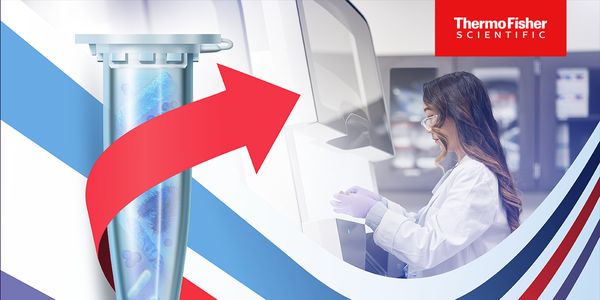3D Cell Migration using a Microfluidic Endothelium-on-a-Chip Model
Cell migration is an essential process for many biological phenomena. It plays an important role in disease processes such as wound healing and cancer metastasis. The immune system, which protects us from diseases, also relies on the migration of various cell types with immensely diverse and highly specific receptors to recognize potential threats. To accomplish the processes that are involved in cell migration, including chemoattraction, rolling adhesion, tight adhesion collective cell migration, and/or extravasation and transmigration, cells need to successfully navigate the complex 3D environment of living tissues.
To study the detailed molecular and biophysical mechanisms related to T cell migration mouse models are often used. However, their biology does not always translate to humans and on top of that mouse models cost a lot of time and money and are ethically debatable. In vitro cell culture models do not recapitulate complex human biology, due to the lack of vasculature, extracellular matrix, and neighboring cells. Today, you will learn how microfluidic organ-on-a-chip models can be developed to study 3D cell dynamics and about the development of an assay which allows T cell extravasation under flow in real-time, using a high-throughput, artificial membrane-free microfluidic platform as an example.






